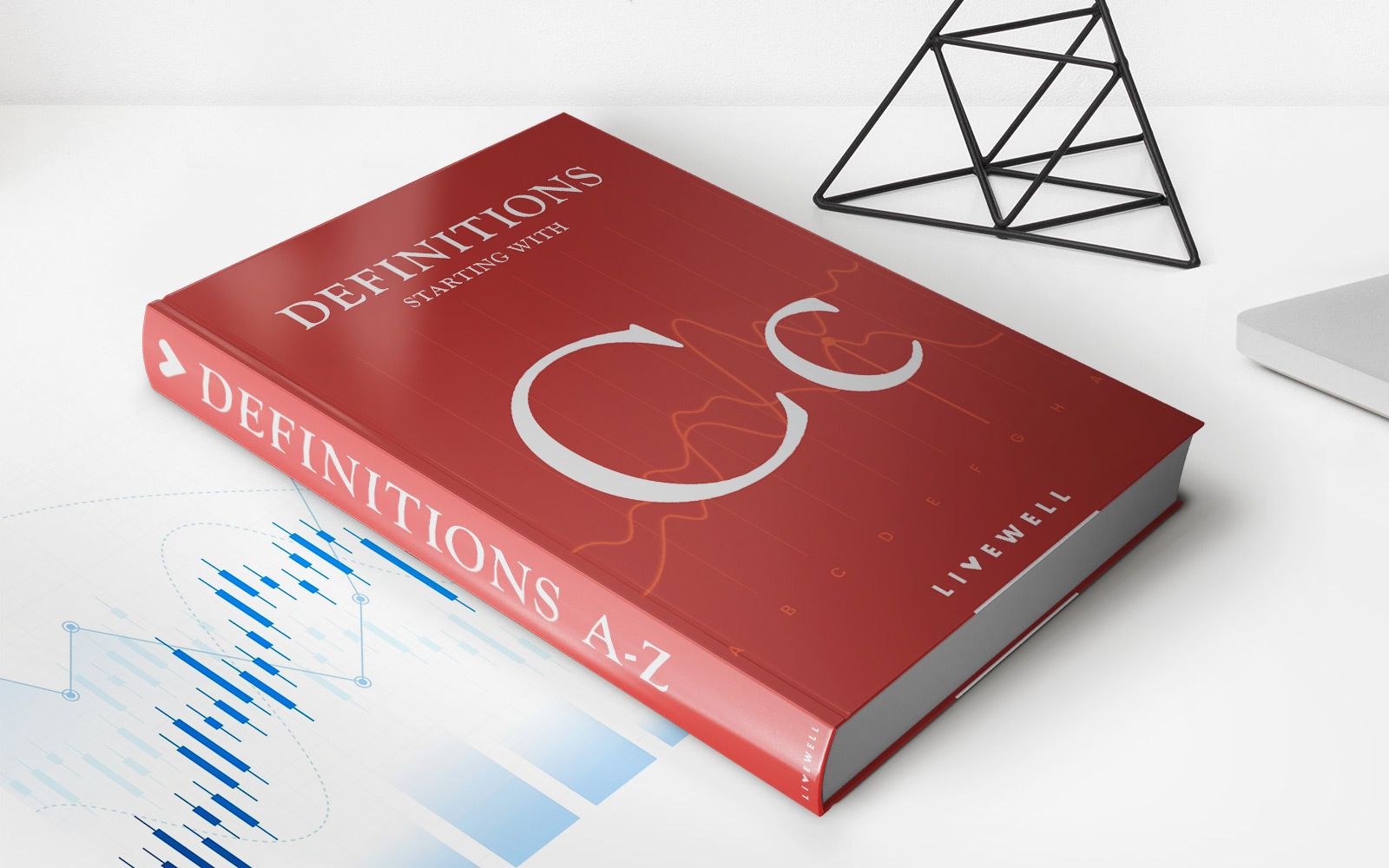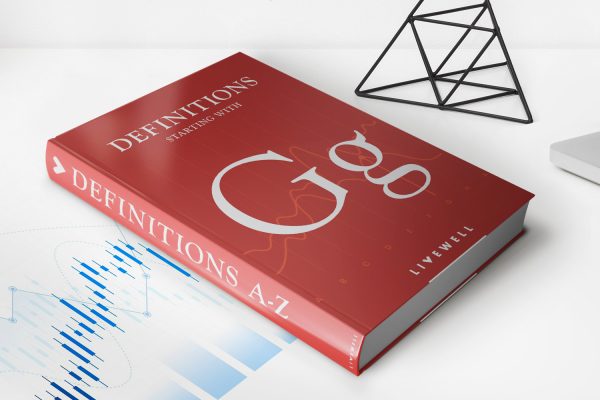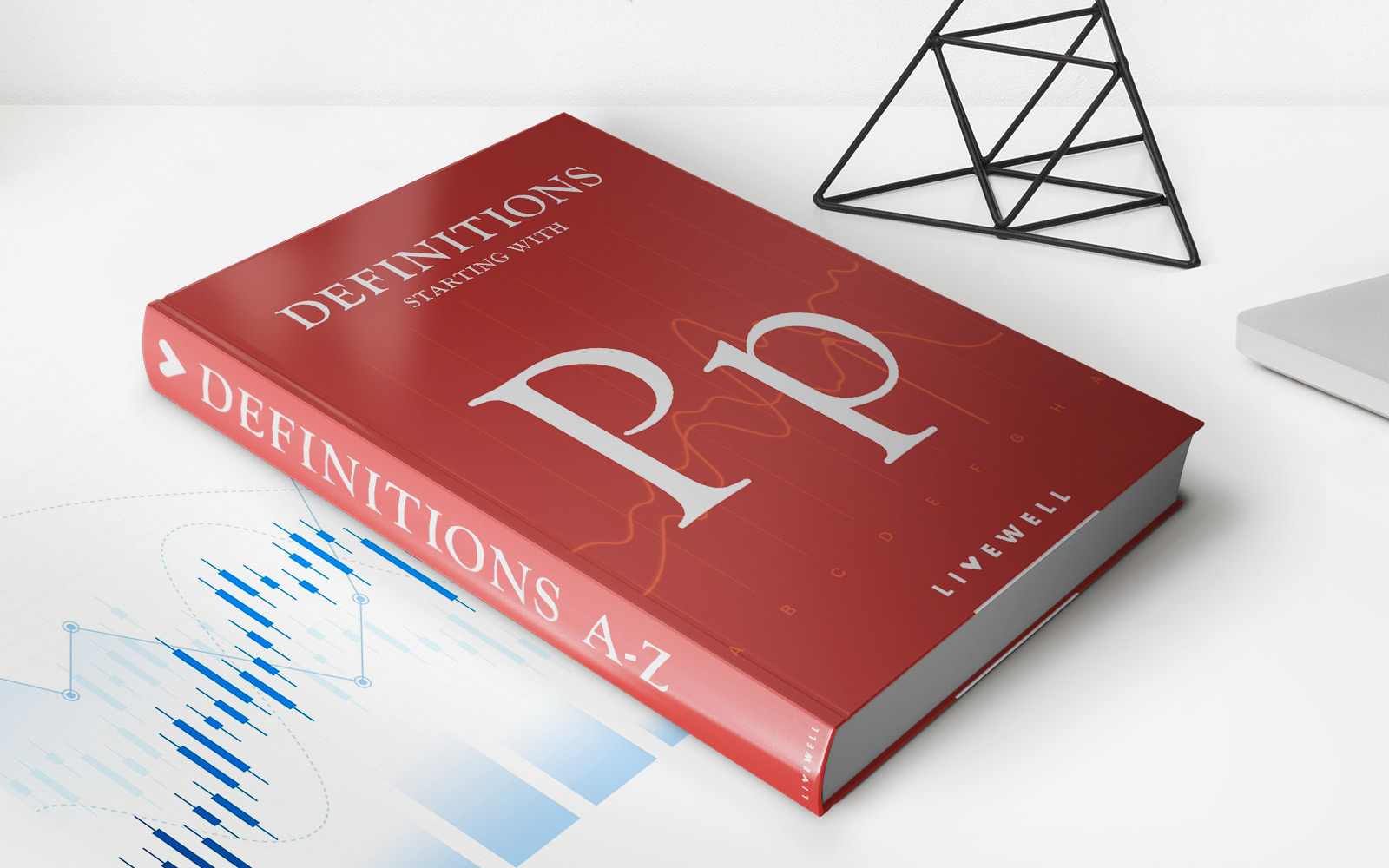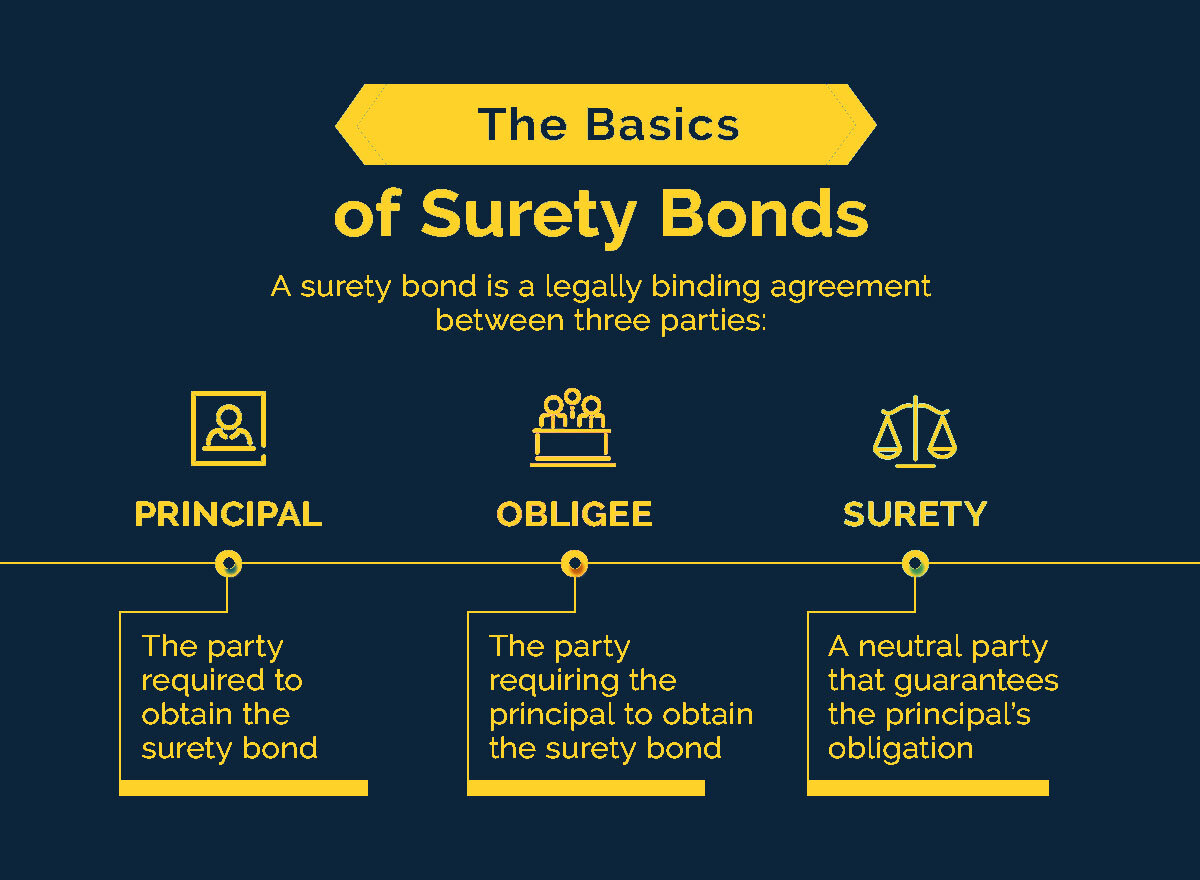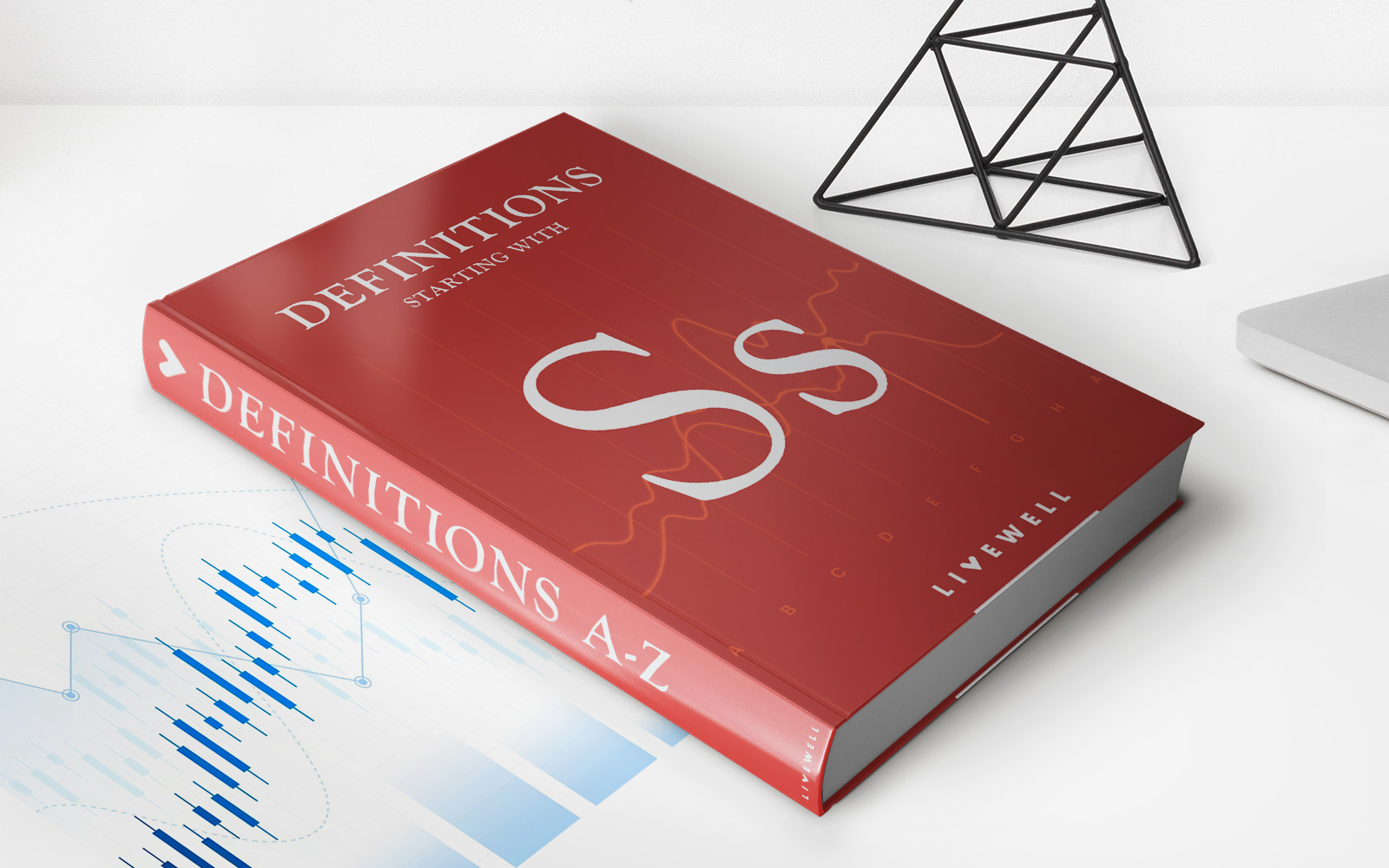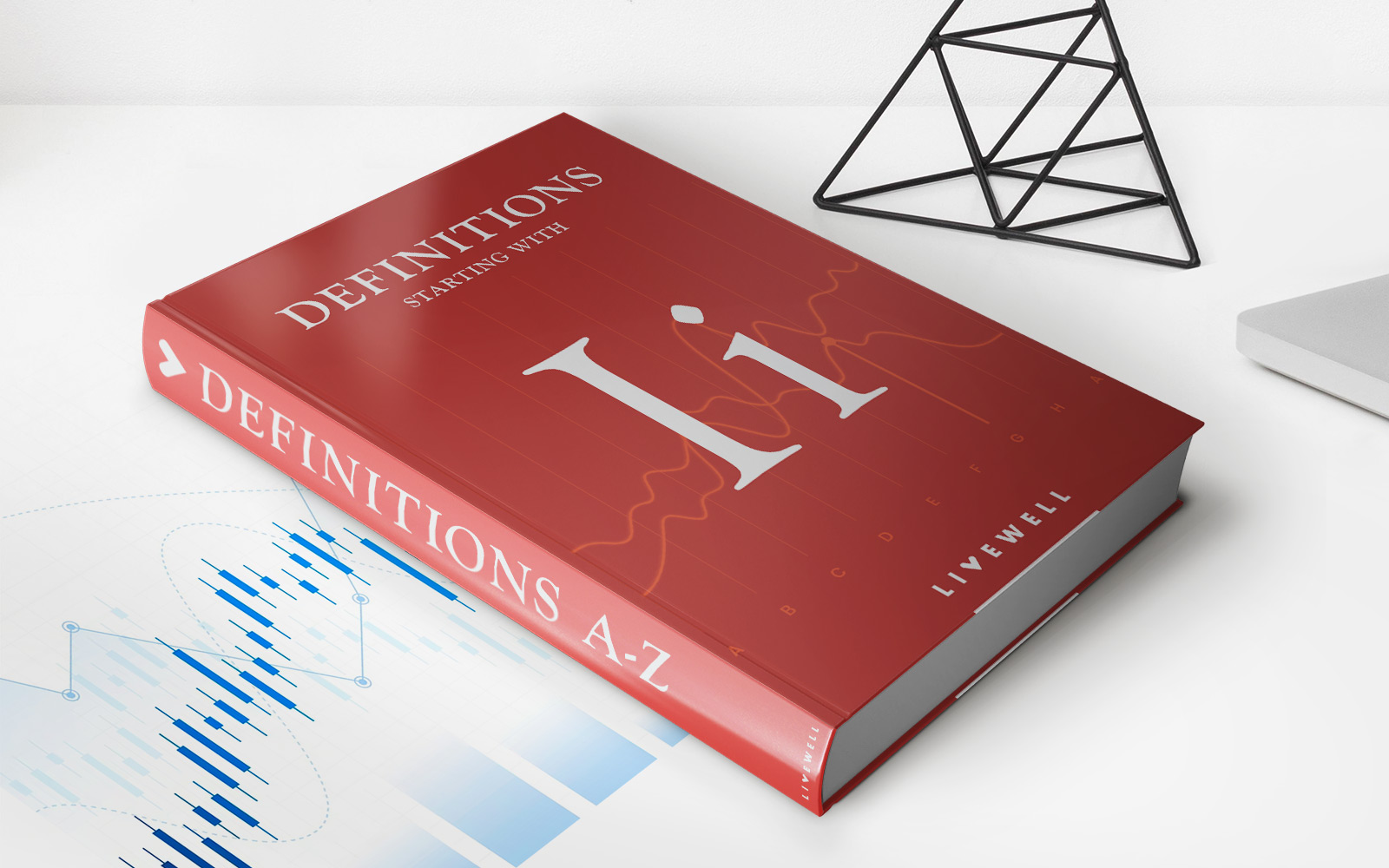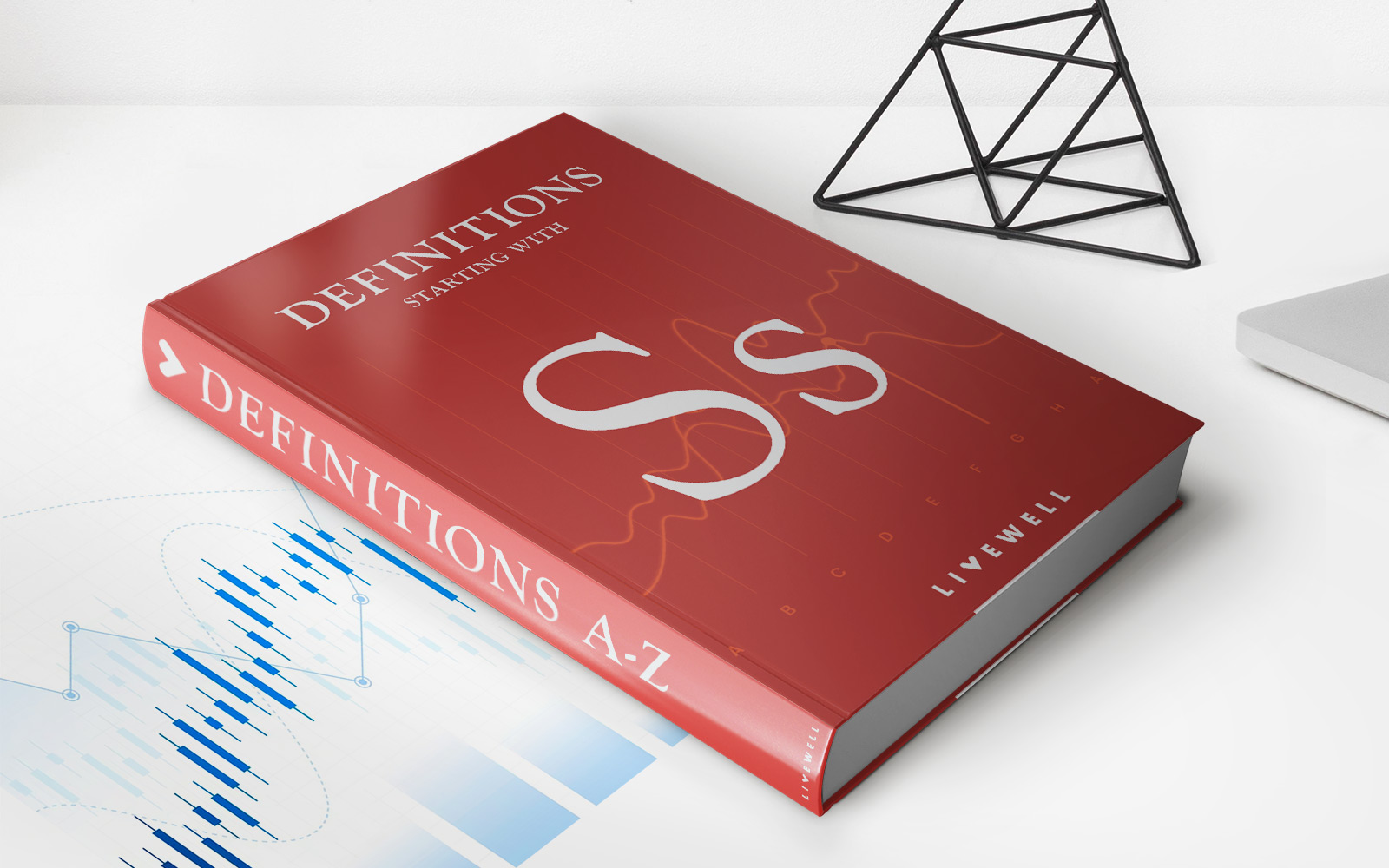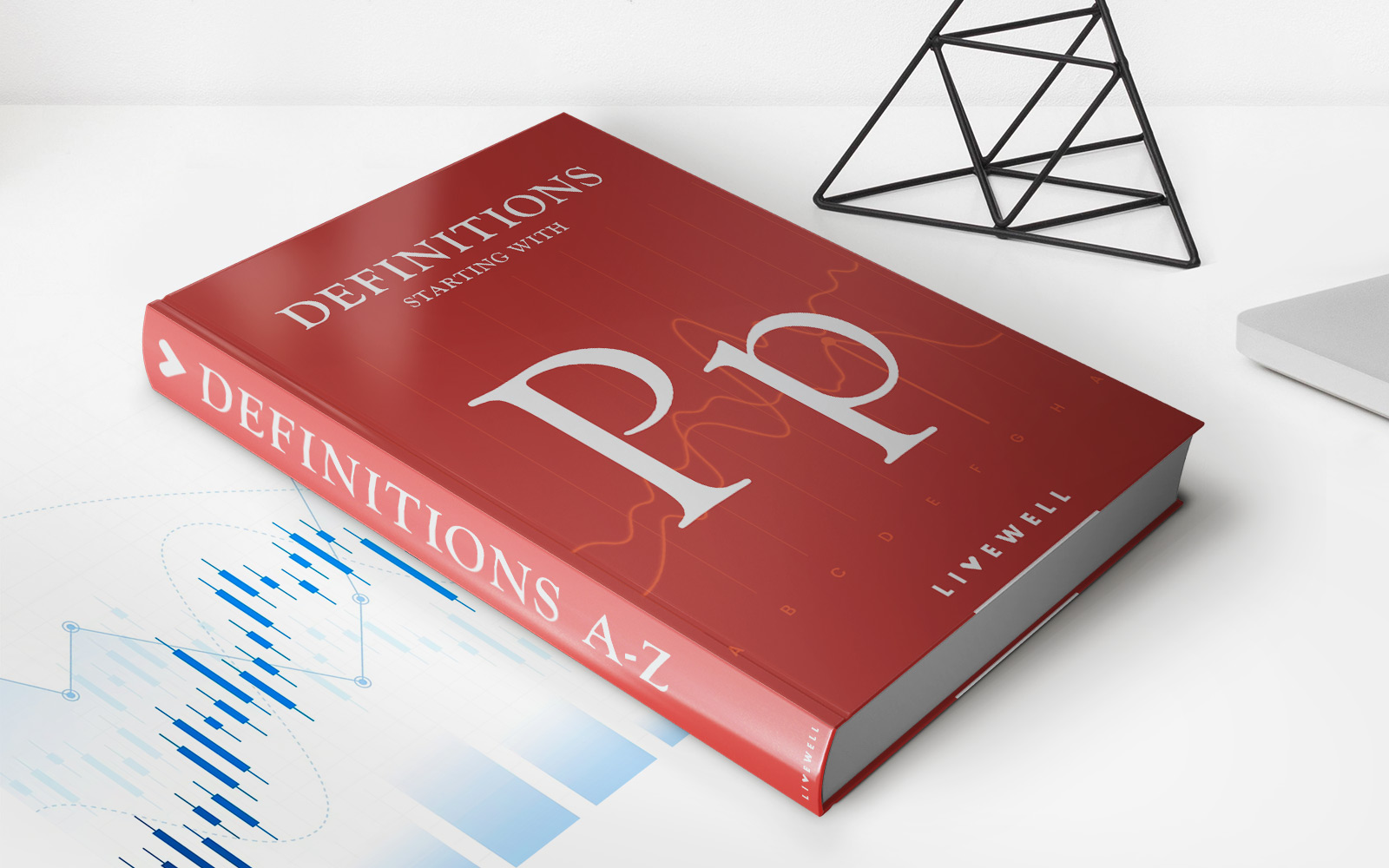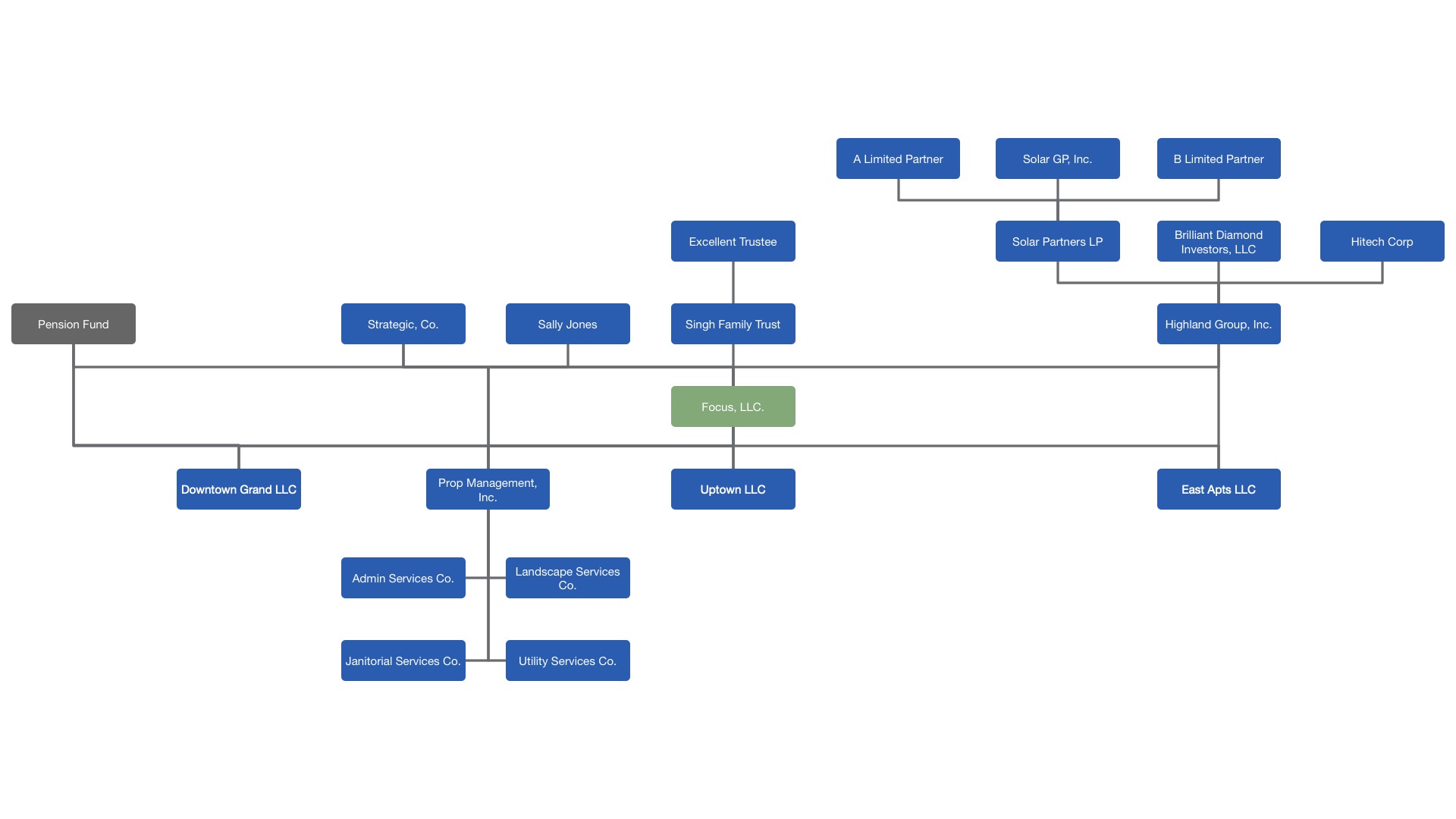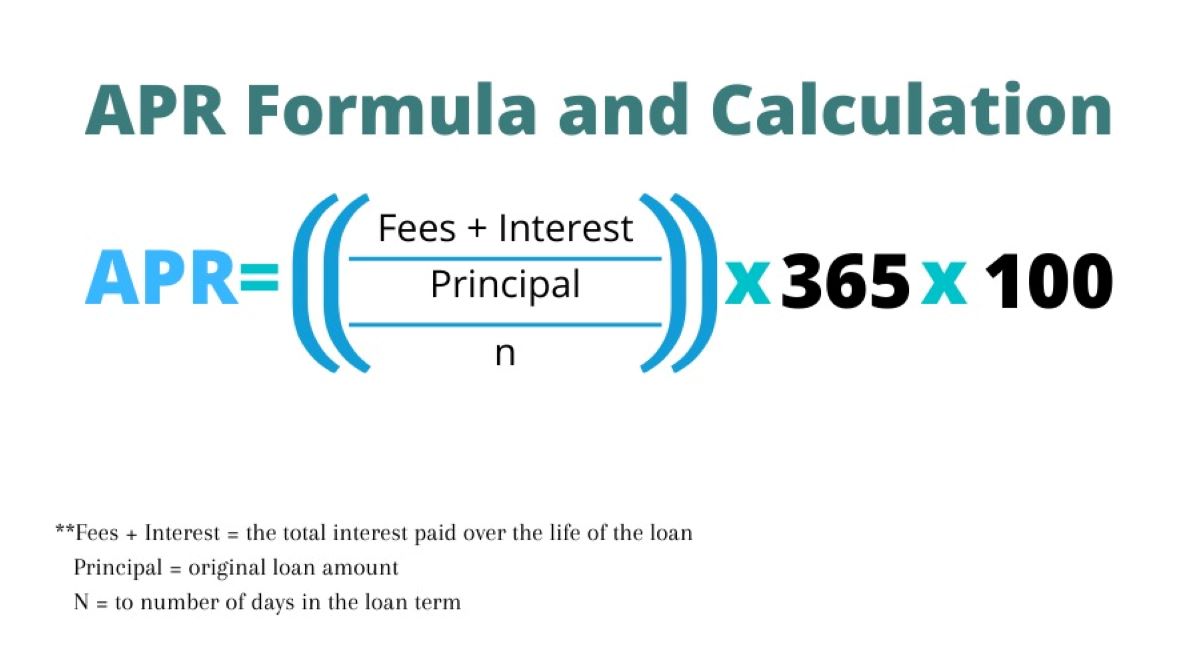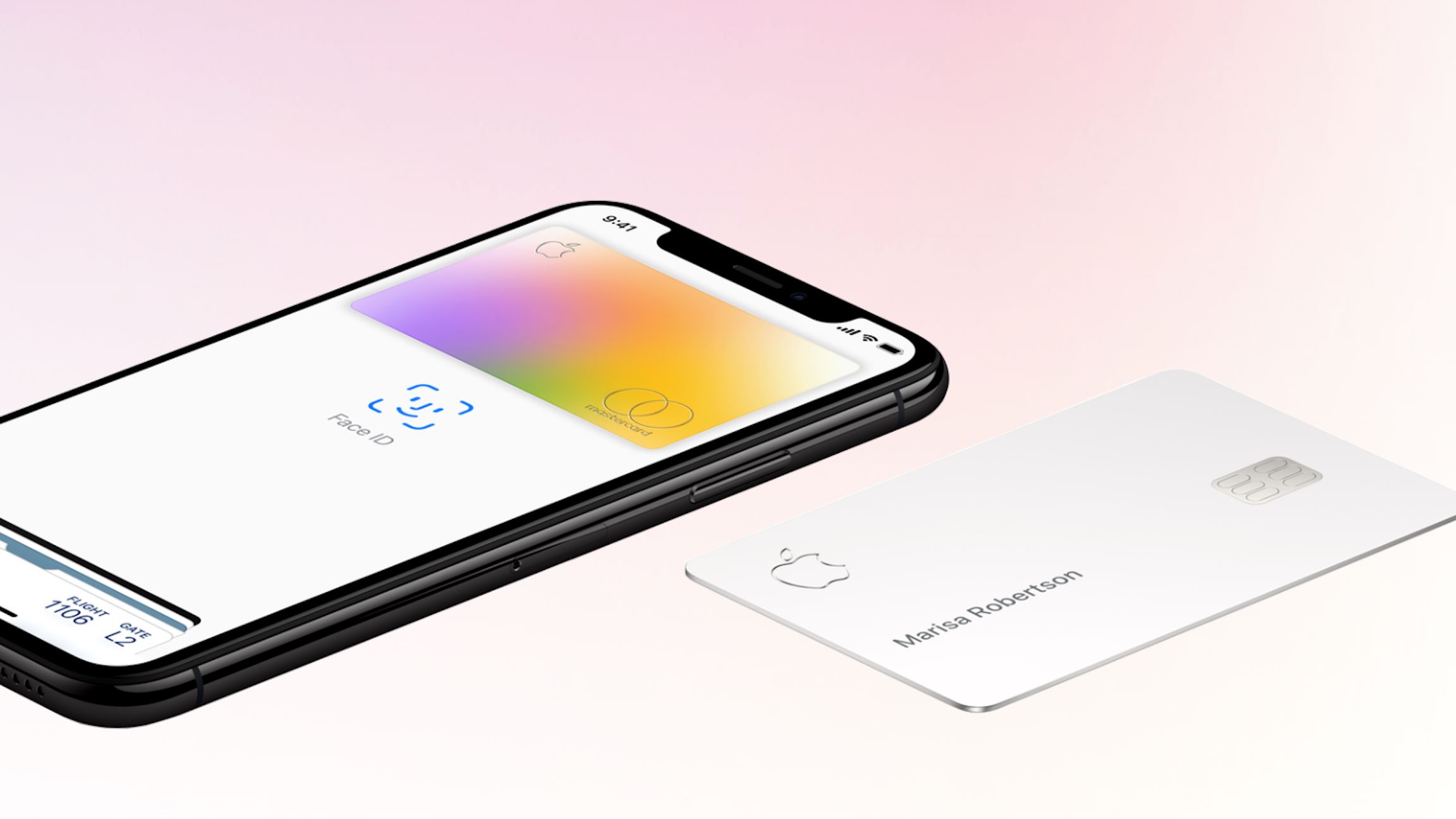Home>Finance>Veblen Good: Definition, Examples, Difference From Giffen Good
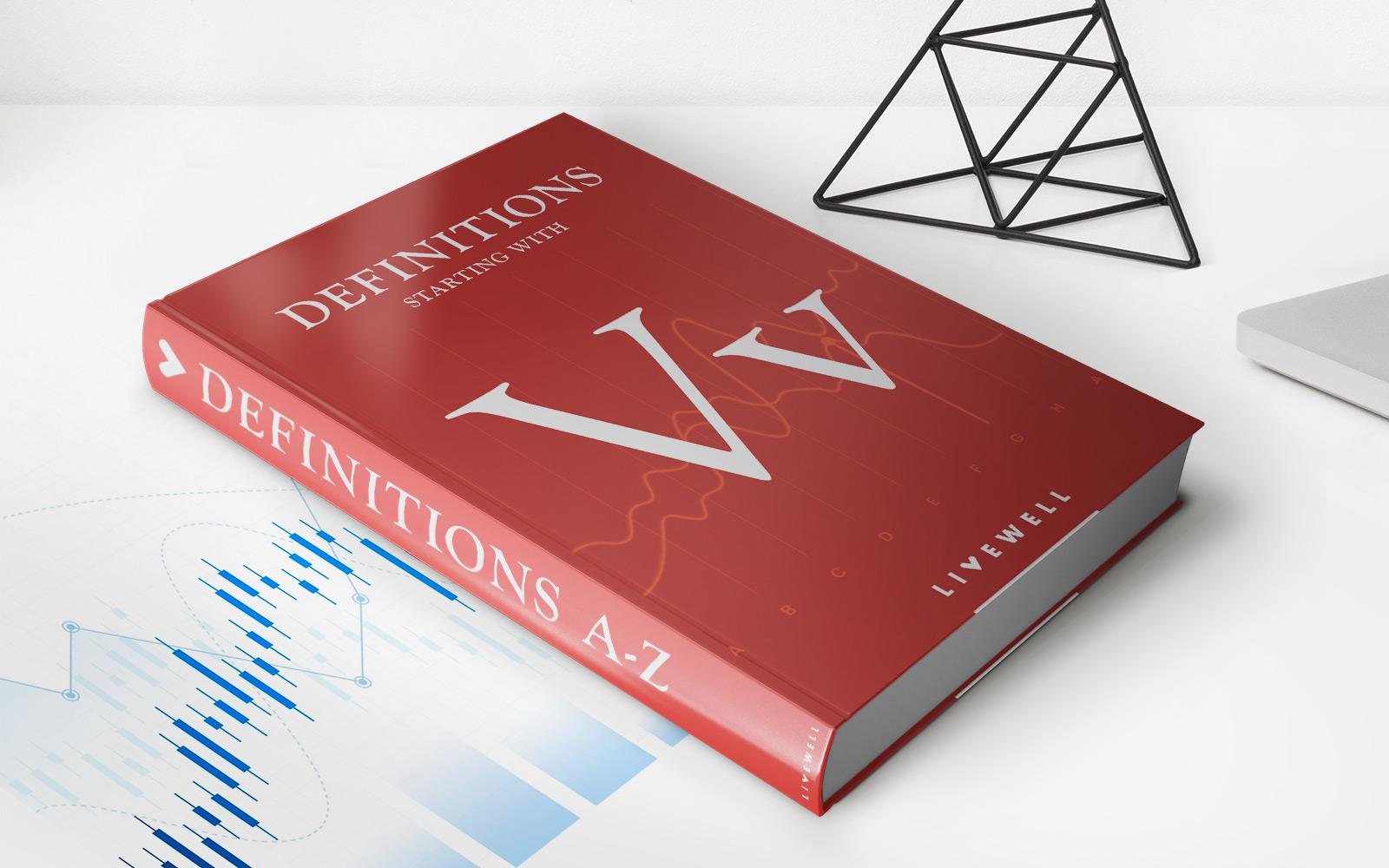

Finance
Veblen Good: Definition, Examples, Difference From Giffen Good
Published: February 15, 2024
Learn about Veblen goods and their definition, examples, and how they differ from Giffen goods in the field of finance. Expand your knowledge in the world of finance.
(Many of the links in this article redirect to a specific reviewed product. Your purchase of these products through affiliate links helps to generate commission for LiveWell, at no extra cost. Learn more)
Veblen Good: Definition, Examples, Difference from Giffen Good
Welcome to our finance blog, where we aim to provide you with valuable information on various topics in the world of finance. In this article, we’ll be diving into the concept of Veblen Goods, including their definition, examples, and how they differ from Giffen Goods. So, if you’re curious about these unique types of products and their role in the market, keep reading!
Key Takeaways:
- A Veblen Good is a product that experiences an increase in demand as its price rises, often due to its perceived value and luxury status.
- Giffen Goods, on the other hand, are products for which demand increases as the price rises, but due to limited substitution options rather than luxury perception.
Understanding Veblen Goods
In the world of economics, Veblen Goods are considered a special category of products, distinguished by their demand behavior in response to price changes. Unlike most goods, which follow the law of demand, where higher prices lead to lower demand, Veblen Goods experience the opposite effect.
A Veblen Good is a product that becomes more desirable as its price increases. This is often due to its luxury status or prestige value, as consumers perceive these goods to be exclusive and desirable symbols of wealth and social status.
Thorstein Veblen, a prominent economist and sociologist, first introduced the concept of Veblen Goods in his book “The Theory of the Leisure Class” in 1899. Veblen observed that certain goods, such as luxury cars, designer clothing, or high-end jewelry, can experience an increase in demand even when their prices rise. This behavior defies the traditional economic principle of price and demand inversely affecting each other.
Examples of Veblen Goods
To better understand the concept, let’s explore a few examples of Veblen Goods:
- Diamonds: Diamonds are a classic example of a Veblen Good. Despite their high prices, diamonds are considered prestigious and desirable, making people more inclined to purchase them as a status symbol, even if they have lower intrinsic value compared to other minerals.
- Rolex Watches: Rolex watches are known for their premium craftsmanship and high prices. They have established themselves as a luxury brand, creating a strong aspirational value among consumers who want to display their wealth and social standing by owning one.
- Designer Handbags: Brands like Chanel, Gucci, and Louis Vuitton are renowned for their designer handbags. These bags often have exorbitant price tags, yet their desirability and the feeling of exclusivity associated with owning one make them highly sought after.
These are just a few examples, but Veblen Goods can exist in various industries, from luxury cars and yachts to high-end electronics and art pieces. The key factor that sets them apart is the perception of their value and status symbol within society.
Difference from Giffen Goods
While Veblen Goods may seem similar to Giffen Goods at first glance, they have distinct differences. Giffen Goods are products whose demand actually increases as their prices rise, but for different reasons than Veblen Goods.
Giffen Goods are typically inferior products that lack close substitutes. When the price of a Giffen Good increases, consumers may have no choice but to continue purchasing the product, even if it means spending a higher portion of their income on it. This phenomenon occurs because there are no viable alternatives available within a similar price range.
Veblen Goods, however, are characterized by their perceived luxury and exclusivity. Consumers buy these goods precisely because of their high prices. The increase in price conveys a sense of scarcity and being part of an elite group, boosting their desirability and demand among certain consumer segments.
Conclusion
Veblen Goods are a fascinating concept in the world of economics, defying the traditional law of demand. These luxury products experience an increase in demand as their prices rise, largely due to their perceived value, exclusivity, and status. Understanding the distinction between Veblen Goods and Giffen Goods can provide valuable insights into consumer behavior and market dynamics.
We hope this article has shed some light on the concept of Veblen Goods and how they differ from Giffen Goods. If you have any questions or would like further information, feel free to reach out to us. Stay tuned for more informative articles on finance and other exciting topics.
